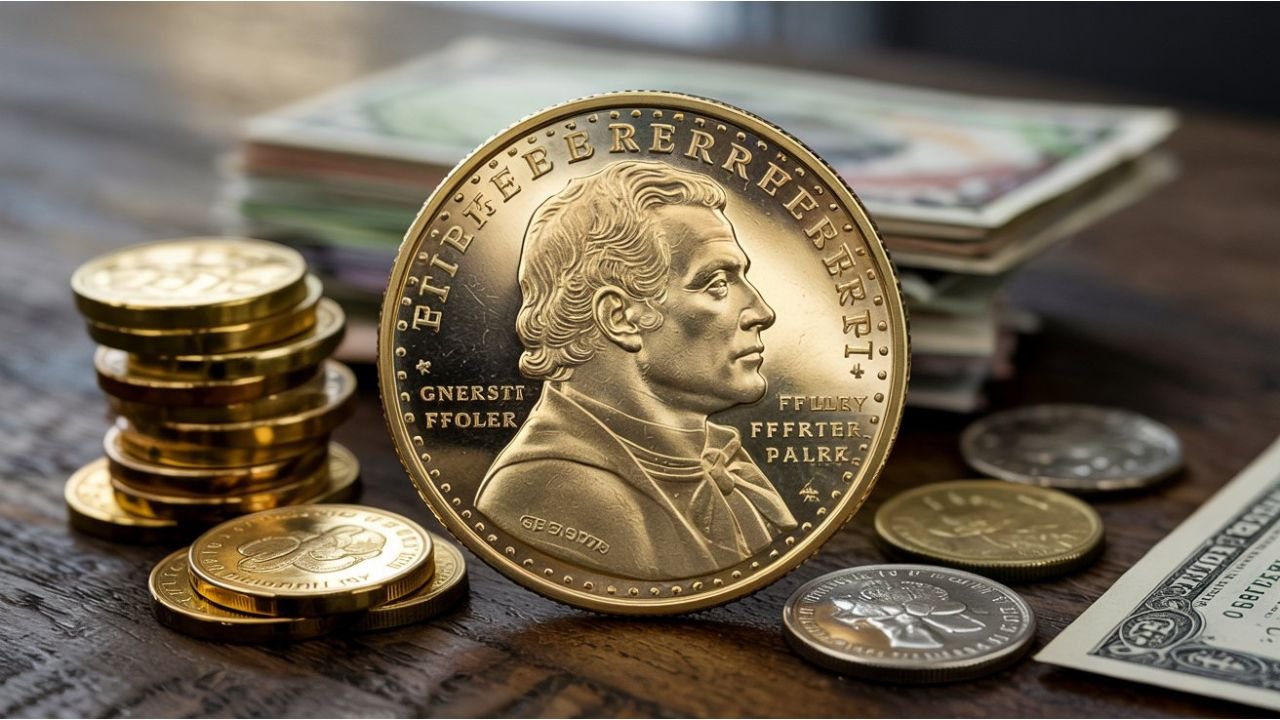Coin : Error Bicentennial Quarters: Since their release in 1976, the U.S. Bicentennial Quarter has become a beloved symbol of America’s 200th anniversary. However, beyond their historical significance, some of these coins have become highly sought after by collectors, especially the error versions. These error bicentennial quarters, though seemingly ordinary, can be worth millions. In this article, we’ll explore the factors that make these error quarters so valuable,
the types of errors you should be aware of, how to identify them, and how much they could potentially be worth. Whether you are a novice coin collector or an experienced numismatist, understanding these rare error coins could lead you to a highly lucrative discovery.

Key Facts About the $20M Bicentennial Quarter Errors
| Feature | Details |
|---|---|
| Year | 1976 (Bicentennial design) |
| Mint Mark | “D” (Denver) or “S” (San Francisco) |
| Error Types | Double Die, Off-Center, No Mint Mark |
| Top Value | Up to $20,000+ per coin |
| Total Found | Less than 200 confirmed error coins |
| How to Check | Use a magnifier for doubling/misprints |
Did you know some 1976 Bicentennial Quarters contain a tiny mistake worth $20,000 or more? These special coins, celebrating America’s 200th birthday, are hiding in piggy banks and old jars across the country. Here’s how to spot the valuable errors and why they’re so rare.
1. 1976-D Double Die Quarter ($20,000+)
Mistake: Letters/numbers appear doubled (especially “1776-1976” date).
How Rare? Only 15-20 confirmed by grading companies.
Recent Sale: One sold for $23,500 in 2023.
2. 1976-S Silver Proof Missing “S” ($10,000+)
Mistake: No mint mark (should have “S” for San Francisco).
How Rare? Fewer than 50 known to exist.
Why Valuable? Proof coins weren’t supposed to enter circulation.
3. 1976 Off-Center Strike (1,000–5,000)
Mistake: Design is crooked or off-center by 5–15%.
How Rare? About 100 found so far.
How These Errors Happened
- Double Die: A misaligned press stamped the design twice.
- Missing Mint Mark: The “S” or “D” punch was forgotten.
- Off-Center: The coin blank wasn’t centered correctly.
Real-Life Stories of Found Treasures
In 2019, a New Jersey man found a 1976-D Double Die in his tip jar—sold for $18,000.
A 2021 eBay listing for a No “S” Proof quarter fetched $12,350.
How to Find One Yourself
1: Check Every 1976 Quarter
- Look for “D” or “S” near Washington’s ponytail.
- Silver versions weigh 5.75g (normal quarters are 5.67g).
2: Spot Errors
- Doubling: Use a 10x magnifier on the date/drummer boy.
- Off-Center: Uneven borders or cut-off designs.
- Missing “S/D”: Smooth space where the mint mark should be.
3: Get It Graded
- Send potential finds to PCGS or NGC (costs 30–50).
- Graded coins sell for 10x more than raw ones.
Why Collectors Pay Millions
- Historical Significance: Only Bicentennial coins have this design.
- Extreme Rarity: Some errors are 1 in 100 million.
- Nostalgia: Many collectors remember these from childhood.
FAQs
Q: Are all 1976 quarters valuable?
A: No! Only error coins or silver proofs. Most are worth 1–5.
Q: Where’s the best place to search?
A: Try:
- Old coin rolls from banks
- Inherited collections
- Flea markets/yard sales
Q: What’s the most expensive Bicentennial quarter?
A: A 1976-S Silver Proof graded PR70 sold for $20,000+.

